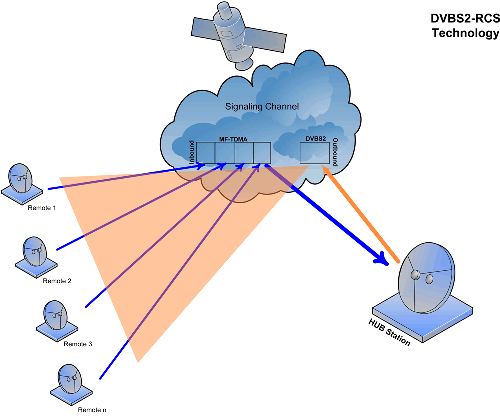A heterodyne is a circuit that transfers a signal from one carrier wave to another with a different frequency. It mixes the input signal with a wave generated by an oscillator to create two new signals, called beats. While heterodyning is a simple process governed by the laws of trigonometry, most heterodynes are complex devices with several filters and amplifiers.

Heterodyne Beats
A beat is a signal produced by two input signals with different frequencies. A heterodyne produces two beats, one with a frequency that is the sum of the mixed frequencies, while the other beat has a frequency that is the difference between the mixed frequencies. For example, an input signal with a 10MHz carrier wave is mixed with a 15MHz carrier wave to create two output beats. The upper beat has a frequency of 25MhHz, and the lower beat has one of 5MHz.
Superheterodyne Receivers
The superheterodyne, also called the superhet, uses the heterodyne principle to allow high frequency signals to be detected by low frequency receivers. It was invented by Edwin Armstrong in 1918 so that short-wave radar could be used to detect enemy ships during the first world war. When a signal enters a superheterodyne receiver, it is amplified and mixed with the local oscillator wave before being filtered to produce an intermediate frequency. It is usually amplified and filtered again before reaching the output. The receiver is tuning by varying the frequency of the local oscillator wave.

Heterodyne Applications
Virtually all radios and televisions made today use a superheterodyne in their receiver. An analogue video system, such as the VCR, compresses the video signal before transferring it to tape to save bandwidth. The signal is passed through a superheterodyne to create a new signal that has a lower frequency, and expanded again when transferred from tape. These frequencies are defined by video standards such as NTSC and PAL.
Neutrodyne
This was a short-lived alternative to the heterodyne used in radios during the 1920s. It was cheaper and simpler than the heterodyne at the time, but advances in valve technology made the neutrodyne obsolete by the 1930s.




Follow Us!